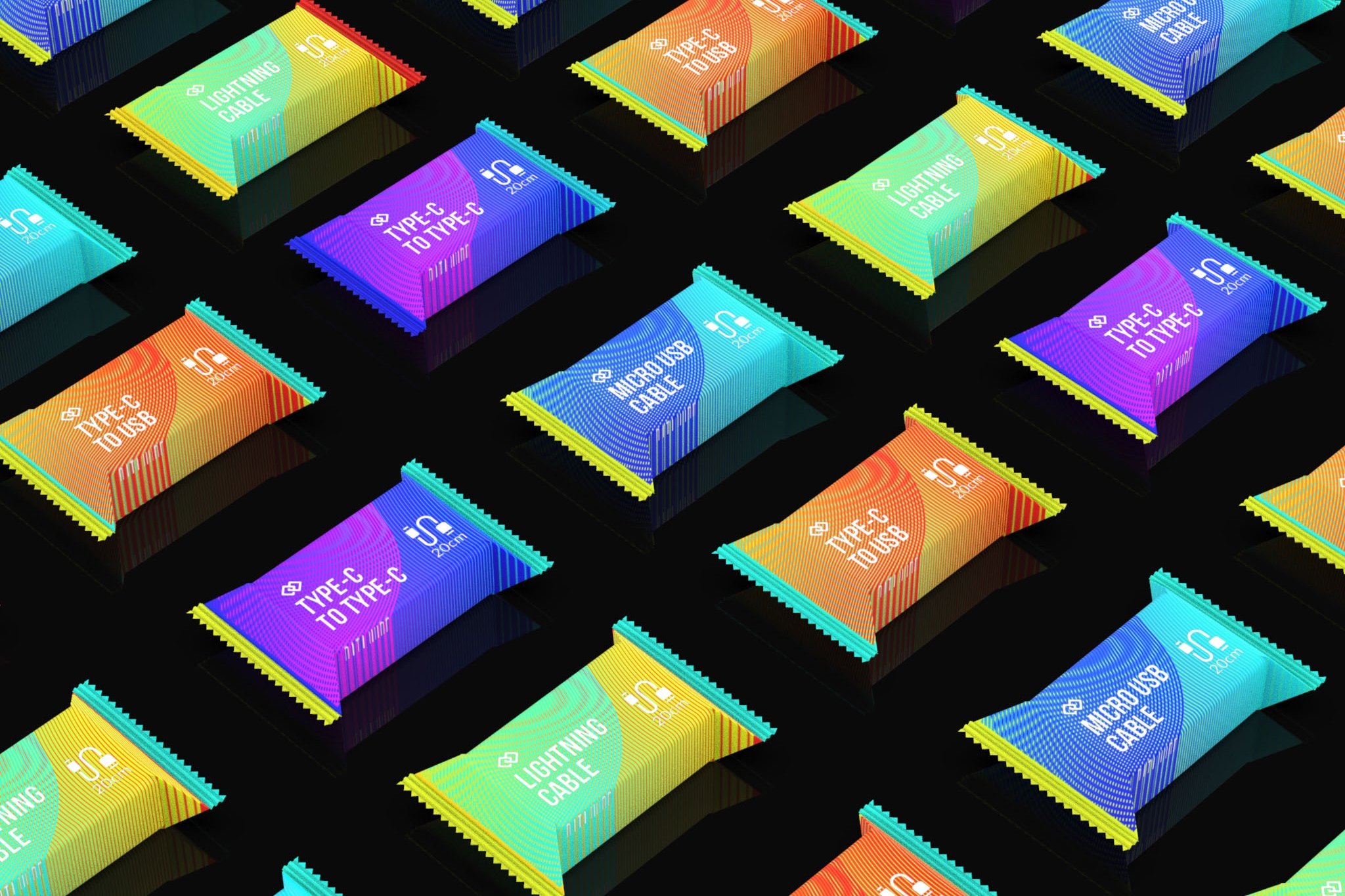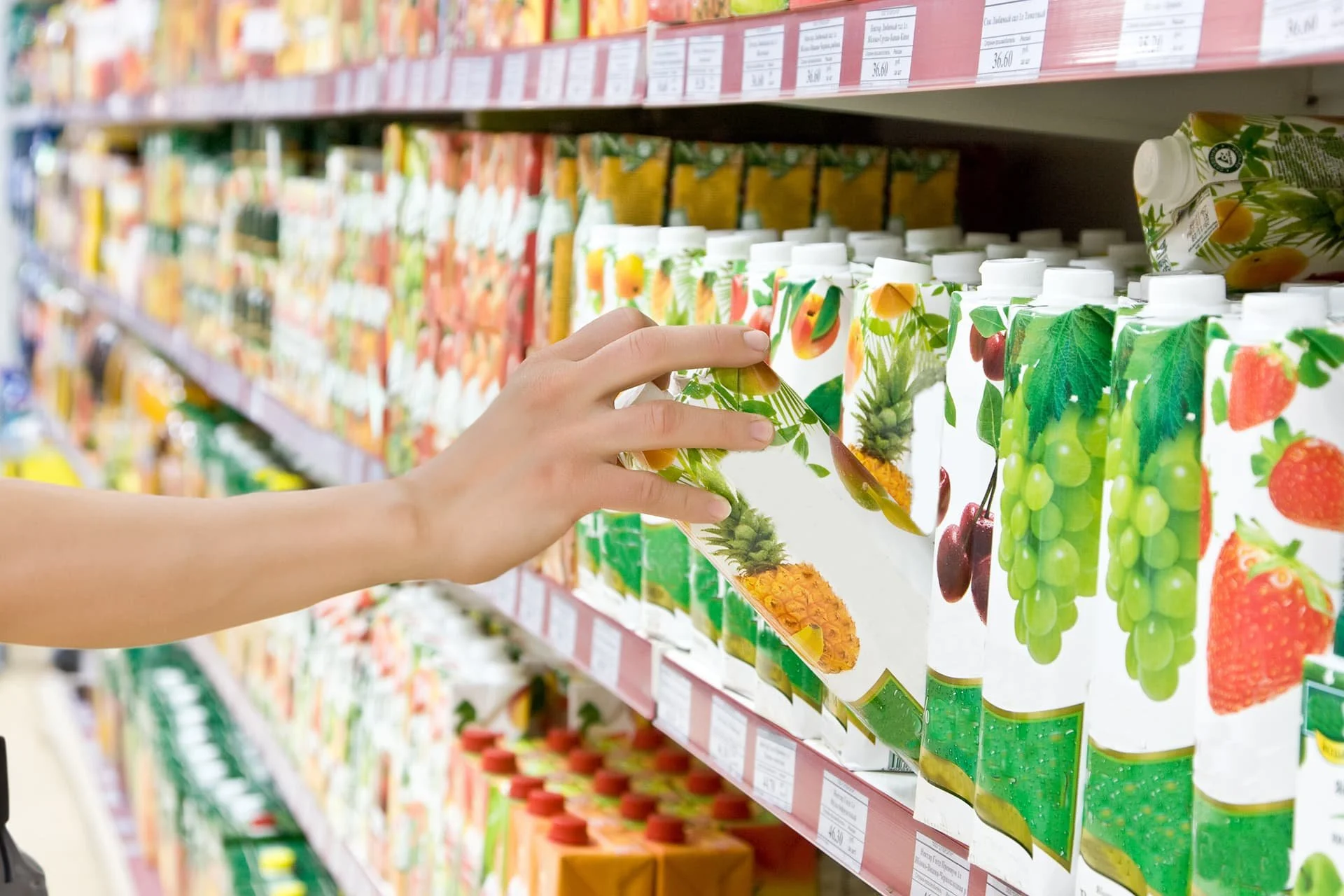Sustainability Symbols in Packaging: Influencing Consumer Choices and Market Dynamics
Understanding visual habits is crucial for marketers in the field of design and packaging, as it can make or break a brand's success.
Visuals have the power to greatly benefit well-established brands, helping them stand out amidst competitors and forge strong emotional connections with consumers.
When brands possess unique visual assets that evoke positive emotions and have a track record of delivering desirable product benefits, they become even more memorable to customers.
Case study: Lesson from Tropicana
However, this advantage also acts as a barrier for new brands trying to enter the market, as they lack established perceptual habits amongst consumers. This highlights the risks associated with making changes to packaging designs. An example from over ten years ago demonstrated this perfectly when Tropicana radically redesigned its package.
Loyal customers were unable to easily locate their preferred product on store shelves due to the drastic change in visuals. The negative reaction led to a significant decline in sales - by around 20 percent - within just months of introducing the redesigned packaging. Realizing their mistake, the brand marketer swiftly returned to their traditional packaging design and managed to regain its original market share quickly.
Nonetheless, considering both missed sales opportunities during that period and costs incurred due to redesigning efforts, 20 millions of dollars were ultimately lost by this misstep in marketing strategy.
Brands that prioritize sustainability in their packaging can appeal to a growing consumer demographic: False.
Understanding the significance of visual habits is crucial in creating packages that effectively communicate their sustainability advantages, and in clarifying certain unexpected findings. This was evidenced in a research study by Quad Packaging & Package Insight. The study took place in a marketing laboratory with a simulated grocery store setting and a diverse group of retail shoppers. A notable percentage of these shoppers expressed the importance of sustainability concerns in their purchasing choices.
During the shopping task, participants were tasked with choosing items from a grocery list to fill their baskets. To determine the environmental sustainability of each product, the research team devised a sustainability logo accompanied by a grade : A for Sustainable, B for Efficient, and C for Average. These logos were then featured on packaging designs for various categories including frozen food, snacks, pasta, and over-the-counter medical supplies. Certain packages were marked with the sustainability logo as an indicator of their relative environmental impact.
In order to collect data about the direction of gaze of shoppers as they inspected shelves and packaging, researchers attached head-mounted eye-tracking devices to the participants' heads before sending them on their respective journeys. Afterwards, the participants set off to shop. The researchers could therefore determine whether the sustainability logos were an object of gaze fixation during the shopping adventure, and thus infer whether those logos influenced purchase decisions.
The findings were anything but subtle: consumers were not paying attention to on-pack sustainable messaging and that more education is needed regarding sustainability claims. The study revealed that 92 percent of participants did not look at sustainability logos while inspecting packages in stores. Furthermore, these logos did not have a significant impact on their first fixation or purchasing decisions.
Surprising, isn’t it? According to a survey across the EU that evaluated consumers' explicitly stated attitudes towards sustainability labels, "Sustainable labels currently do not play a major role in consumers' food choices, and the success of these labels will depend on the extent to which consumers' general concerns about sustainability can be translated into actual behavior."
Consumers who claim to be environmentally friendly claim that they do not rely on such cues in the marketplace when they are unfamiliar and that most consumers are price-sensitive and do not want to spend more on products that bear sustainability-related labels.
When designing the packaging for Caddyboo, we decided to go against the status quo of eco packaging color palatte by selecting the opposite of green of the color wheel: red. The packaging was produced with recycled paper, the inserts made of recycled cardboard and glue was prohibited during production. We realise too late that these thoughtful efforts were not being conveyed to the consumer because of the drastic change of color code.
So what should we make of these findings?
Traditional watch brands presents their timepieces in voluminous wooden boxes. While the premium experience is achieve during the first opening, those boxes are most of the time discarded and put aside. For MYKU, we decided to give a second life to the package by becoming a product on its own. The pouch becomes a travel wallets that customers have been pleased to use and reuse, at home, and on the go.
Is it possible that logos promoting product sustainability are worthless? It may be too soon to come to that conclusion, as other findings suggest there is more at play than what may seem like discouraging results.
For instance, it has been observed that top brands are typically top of mind for consumers. Additionally, familiar symbols, especially those that have been repeatedly reinforced, tend to be preferred and naturally grab attention. Furthermore, a significant portion of purchasing decisions are automated and habitual. On the other hand, it is important to consider the context in which the above-mentioned eye-tracking study took place - unfamiliar store, unknown products, and newly introduced sustainability symbols. This does not accurately reflect our everyday shopping experience and habits.
Is there any evidence to suggest that sustainability symbols are effective in capturing consumer attention and interest? Yes, there is. In a study by Linder et al, researchers measured brain activity of consumers evaluating products with or without an "organic" label. They found that the presence of sustainability context significantly influenced both consumer decisions and brain activity.
Organically sourced food products bearing a familiar emblem were found to elicit higher activation in the the part of the brain regulating motivation and reward when being presented the packaging . Additionally, on average, these products were chosen over alternatives without such logos. This difference in brain activity was more pronounced in participants who reported consuming organic food regularly, indicating that the symbols held greater significance for them.
In a related study, the effect of "fair-trade" logos on product value was examined. The results showed that when highly familiar fair-trade logos were initially presented, there was an increase in the part of the brain regulating motivation, affect, and reward. Furthermore, items that also led to a higher willingness to pay were associated with greater activity in the brain region involved in value computation.
Good practise in Sustainable Design Packaging
In conclusion, the incorporation of well-known sustainability symbols on familiar product packaging holds proven potential in marketing strategies. These symbols have the ability to activate positive associations and encourage consumer engagement. By leveraging on familiar visual habits, actions and attention can be effortlessly directed towards sustainable products without conscious intention.
With their familiarity, sustainability logos, materiality and colour palette become an integral part of our visual search patterns, enabling packages adorned with such symbols to automatically evoke positive emotional responses from consumers. The above insights highlights the importance of thoughtful and familiar design choices in packaging as they can significantly impact consumer behavior and perceptions towards environmentally-friendly products.







